Spanish Speaking Dentist: Quality Care for Families, Breaking Barriers
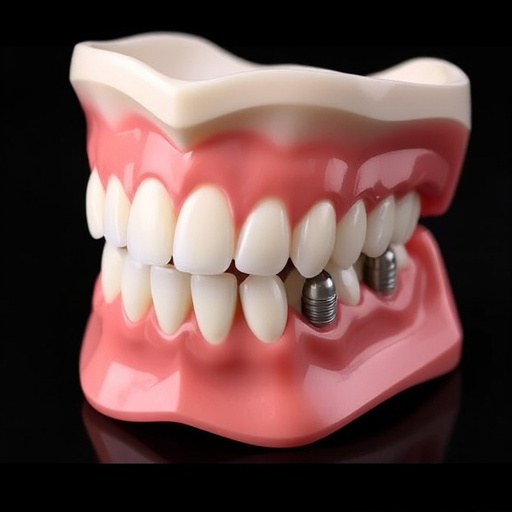
Choosing a Spanish-speaking dentist enhances communication and trust, providing culturally sensitive…….
In the diverse landscape of healthcare services, the role of a Spanish-speaking dentist has emerged as a critical component in addressing the oral health needs of bilingual populations worldwide. This article aims to provide an in-depth exploration of this specialized field, its impact, and the various factors that shape its practice. By delving into its definition, global reach, economic implications, technological innovations, regulatory frameworks, and future prospects, we will uncover the multifaceted nature of Spanish-speaking dental care.
A Spanish-speaking dentist is a healthcare professional who possesses expertise in both dentistry and bilingual communication, specifically offering services in Spanish to patients who share this language or have limited English proficiency. This specialized skill set allows dentists to provide oral health care that is culturally sensitive and linguistically accessible to Spanish-speaking communities.
Historically, the demand for Spanish-speaking dental services has been driven by the growing number of Latino/a and Hispanic populations in many countries worldwide. These communities often face barriers to accessing quality dental care due to language differences, cultural miscommunications, and a lack of culturally competent healthcare providers. To address these disparities, Spanish-speaking dentists play a vital role in bridging the gap between patients and modern dental practices, ensuring equitable oral health outcomes.
The significance of this field lies in its ability to:
The influence of Spanish-speaking dentistry extends far beyond national borders, with significant impacts across various continents. Key trends shaping this field include:
Latino/a Population Growth: In the United States, for instance, the Latino/a population has been growing steadily, reaching over 60 million in 2020 (U.S. Census Bureau). This demographic shift has led to increased demand for Spanish-language dental services, prompting many states to implement policies encouraging bilingual healthcare providers.
International Migration: Global migration patterns have resulted in a significant number of Spanish-speaking individuals settling in countries like Canada, Australia, and various European nations. These communities often require dental care services in their native language, leading to a growing need for bilingual dentists.
Cultural Awareness Initiatives: Many healthcare organizations worldwide are recognizing the importance of cultural competence in dentistry. This awareness has led to the development of training programs and educational resources designed to prepare dentists to work with diverse patient populations, including Spanish speakers.
Teledentistry and Digital Access: With advancements in technology, teledentistry has emerged as a game-changer, allowing Spanish-speaking dentists to provide remote consultations and care to patients in rural or underserved areas, improving access to dental services.
The economic landscape surrounding Spanish-speaking dentistry is complex, influenced by market dynamics, healthcare policies, and demographic shifts.
Market Demand and Supply: In regions with large Spanish-speaking populations, the demand for bilingual dental services is high. However, the supply of these specialists often lags behind, resulting in challenges for patients to access culturally competent care. Addressing this shortage is crucial to meeting the oral health needs of diverse communities.
Investment and Funding: Governments and private investors have recognized the importance of investing in Spanish-speaking dental services. This investment can take various forms, including funding for training programs, establishing dedicated clinics, and implementing policies that incentivize dentists to work with linguistically diverse patients.
Economic Impact on Patients: For many Spanish-speaking individuals, especially those from low-income families, access to dental care has historically been limited. Spanish-speaking dentists can help reduce the financial burden by offering services at affordable rates or through community health initiatives that provide free or subsidized care.
Technology plays a pivotal role in enhancing the capabilities of Spanish-speaking dentists and improving patient outcomes. Notable advancements include:
Digital Imaging and 3D Printing: These technologies enable precise diagnoses, treatment planning, and customized dental solutions. Dentists can use digital imaging to assess complex cases and plan procedures with greater accuracy, often reducing treatment time and patient discomfort.
Teledentistry Platforms: As mentioned earlier, teledentistry has revolutionized access to dental care, especially in remote areas. Spanish-speaking dentists can utilize video conferencing tools to conduct virtual consultations, examine patients’ mouths using cameras, and provide real-time guidance for home care.
Mobile Dental Units: In underserved communities, mobile dental units equipped with modern technology allow Spanish-speaking dentists to bring healthcare services directly to patients’ doorsteps. These units are particularly useful for providing preventive care and basic procedures in schools, community centers, or rural locations.
Intraoral Cameras: These small, camera-enabled devices allow dentists to capture detailed images of teeth and gums, which can then be reviewed with patients in their native language using translation software. This technology aids in patient education and shared decision-making.
The regulatory environment surrounding Spanish-speaking dentistry varies across jurisdictions but generally aims to ensure quality care, patient safety, and cultural competence:
Licensing and Certification: Most countries or regions have specific licensing requirements for dentists practicing in any language. These may include passing exams that assess clinical knowledge and cultural competency skills. For example, in the United States, the National Board of Dental Examiners (NBDE) is responsible for setting standards and administering exams for dental licensing.
Bilingual/Multicultural Competency Training: Many regulatory bodies encourage or mandate that dentists receive training in bilingual communication and cultural competence. This training equips professionals with the skills needed to deliver patient-centered care to diverse populations.
Language Access Policies: Healthcare systems worldwide are adopting policies that ensure language access for patients, including providing interpreters during dental visits and translating educational materials. These policies support effective communication between dentists and Spanish-speaking patients.
Cultural Sensitivity in Education: Dental schools incorporate cultural competency training into their curricula to prepare future dentists to work with diverse patient populations. This includes learning about various cultural beliefs related to oral health, communication strategies, and adapting dental procedures to meet the needs of different communities.
Despite its many benefits, Spanish-speaking dentistry faces several challenges that require strategic solutions:
Shortage of Bilingual Dentists: As mentioned earlier, there is often a shortage of Spanish-speaking dentists, leading to long wait times and limited access for patients. Addressing this issue may involve implementing incentives for dental students to specialize in bilingual practice and investing in training programs to upskill existing professionals.
Cultural Barriers: Misunderstandings related to cultural norms surrounding oral health can create challenges in patient care. Dentists must be adept at navigating these differences, ensuring that treatments align with patients’ values and beliefs while still providing evidence-based care.
Language Translation Issues: Accurate translation services are essential for effective communication during dental visits. However, language barriers can lead to miscommunications, impacting treatment outcomes. Technological solutions, such as real-time video translation apps, can help overcome these challenges.
Stigma and Trust: In some communities, there is a historical stigma associated with dentistry, which can be compounded by language barriers. Building trust between Spanish-speaking patients and dental professionals requires culturally sensitive approaches, community engagement, and educational initiatives that promote oral health literacy.
The Chicago Community Trust launched a pilot program to improve access to dental care for low-income Latino/a families. The initiative included establishing a dedicated Spanish-speaking dental clinic within an existing community health center. This clinic, staffed by bilingual dentists and support staff, offers a range of services, from preventive care to complex procedures. Within the first year, the clinic served over 500 patients, significantly reducing the wait time for Spanish-speaking residents in need of dental care.
In a rural region of Mexico with limited access to dental services, a non-profit organization introduced a mobile dental van equipped with modern dental technology. This initiative, supported by local government and international donors, provides free dental care to schools, villages, and remote communities. The van is staffed by Spanish-speaking dentists and dental hygienists who conduct preventive screenings, treat basic dental issues, and educate community members about oral hygiene practices. The program has improved oral health outcomes and raised awareness about the importance of regular dental care among Spanish-speaking residents.
The Australian government partnered with a private dental practice to pilot a teledentistry service for Aboriginal and Torres Strait Islander communities. Through this initiative, Spanish-speaking dentists provide virtual consultations to patients living in remote areas. Using video conferencing and digital imaging, the dentists can examine patients’ mouths, diagnose conditions, and offer treatment recommendations. This model has been successful in reducing travel costs for both patients and providers while improving access to dental care for underserved communities.
The future of Spanish-speaking dentistry is promising, with several emerging trends and growth areas shaping its trajectory:
Integration of AI and Machine Learning: Artificial Intelligence (AI) has the potential to revolutionize dental practices by providing personalized treatment plans, predicting oral health outcomes, and assisting in complex procedures. These technologies can be particularly beneficial in improving access to care for Spanish-speaking patients, especially those in rural or underserved locations.
Genomic Dentistry: As research in genomic dentistry advances, dentists will have a better understanding of how genetic factors influence oral health. This knowledge will enable more precise and personalized treatment approaches, catering to the unique needs of Spanish-speaking populations with diverse genetic backgrounds.
Preventive Care and Oral Health Education: There is a growing emphasis on preventive care and oral health education in schools and community settings. Spanish-speaking dentists play a crucial role in promoting these initiatives, teaching children and families about proper oral hygiene practices, nutrition, and the importance of regular dental check-ups.
Collaboration with Primary Care Providers: The future may see closer collaboration between Spanish-speaking dentists and primary care physicians, especially in areas where access to specialized dental services is limited. Integrated care models can help address oral health disparities by ensuring that patients’ overall health needs are considered.
Spanish-speaking dentistry has emerged as a critical component of modern healthcare, addressing the unique oral health needs of linguistically diverse populations worldwide. Through its focus on language access, cultural competence, and community engagement, this field enhances equitable care, improves patient outcomes, and fosters trust between healthcare providers and Spanish-speaking individuals.
As the global landscape continues to evolve, with shifting demographics and advancements in technology, the demand for Spanish-speaking dental services will undoubtedly grow. By embracing these changes, investing in training, and implementing innovative solutions, dentists can ensure that all patients, regardless of their linguistic background, receive quality oral healthcare.
Q: How do I find a Spanish-speaking dentist near me?
A: You can start by searching online directories or asking your primary care physician for recommendations. Many dental practices now list the languages they speak on their websites, making it easier to identify bilingual providers in your area.
Q: Do all Spanish-speaking dentists work in community clinics?
A: While some Spanish-speaking dentists do choose to practice in community health centers or non-profit organizations, many also have private practices. The choice of setting depends on individual preferences, training opportunities, and the oral health needs of the communities they serve.
Q: Is it necessary for a dentist to be fully bilingual to provide services in Spanish?
A: While fluency in both Spanish and English is ideal, dental professionals who are proficient in Spanish and have strong communication skills can still offer excellent care. Some patients may feel more comfortable with a dentist who has a basic understanding of their language, even if they don’t speak it fluently.
Q: How can I prepare for my first visit with a Spanish-speaking dentist?
A: Before your appointment, write down any specific concerns or questions you have about your oral health in Spanish. If possible, request a translator or interpretation services to ensure clear communication during the visit. Be open to learning about cultural aspects of dental care and follow the dentist’s guidance for maintaining good oral hygiene.

Choosing a Spanish-speaking dentist enhances communication and trust, providing culturally sensitive…….
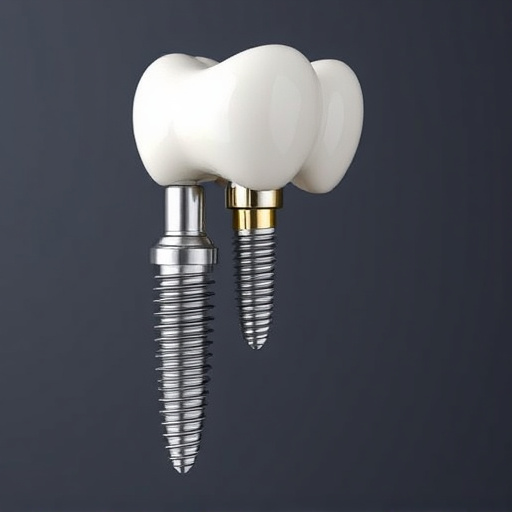
In a multicultural society, Spanish-speaking dentists bridge communication gaps, providing tailored…….
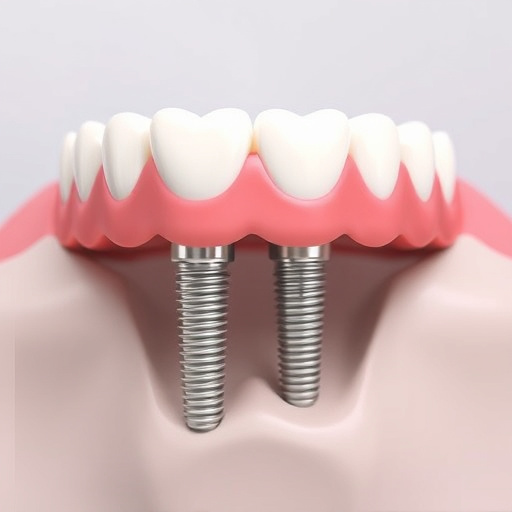
Finding urgent dental care in Spanish is easier than ever with clinics offering multilingual service…….
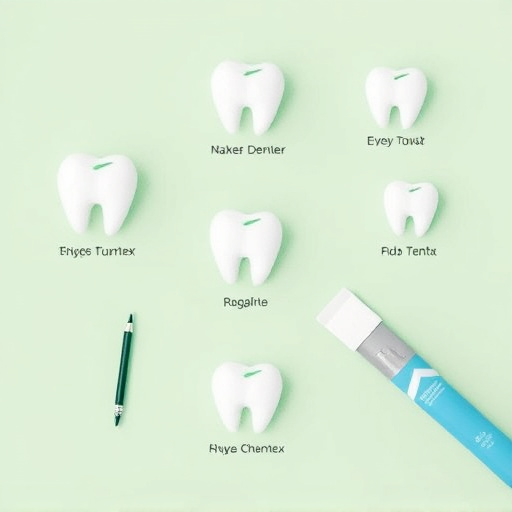
Spanish-speaking dentists play a vital role in bridging communication gaps and enhancing dental care…….

Spanish-speaking dentists improve oral health services for non-native English speakers by breaking l…….
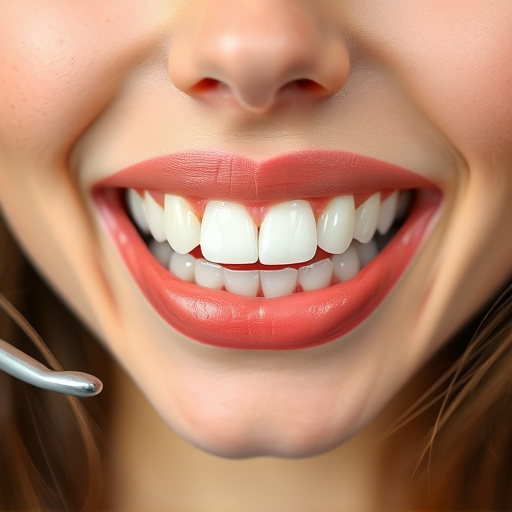
Cultural sensitivity in dentistry is key for inclusive healthcare, especially for Spanish-speaking c…….
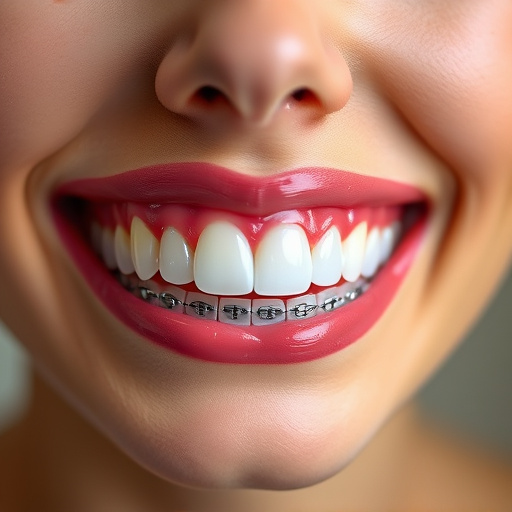
A Spanish-speaking dentist improves access and outcomes for Hispanic patients by bridging communicat…….
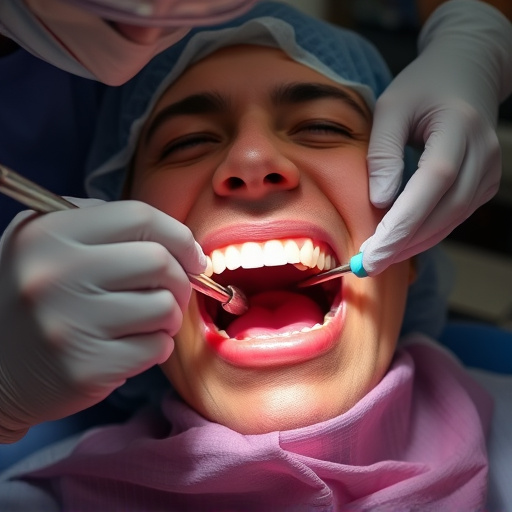
Spanish-speaking dentists play a crucial role in U.S. healthcare, bridging communication gaps and pr…….

Choosing a Spanish-speaking dentist improves care for the growing Spanish community. Online reviews…….
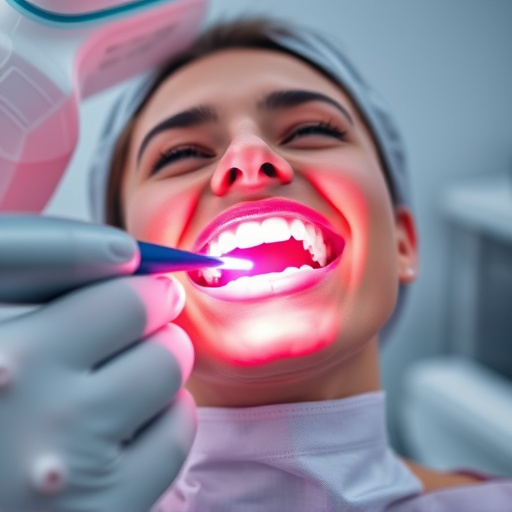
Choosing a Spanish-speaking dentist in diverse communities improves oral health care through clear c…….